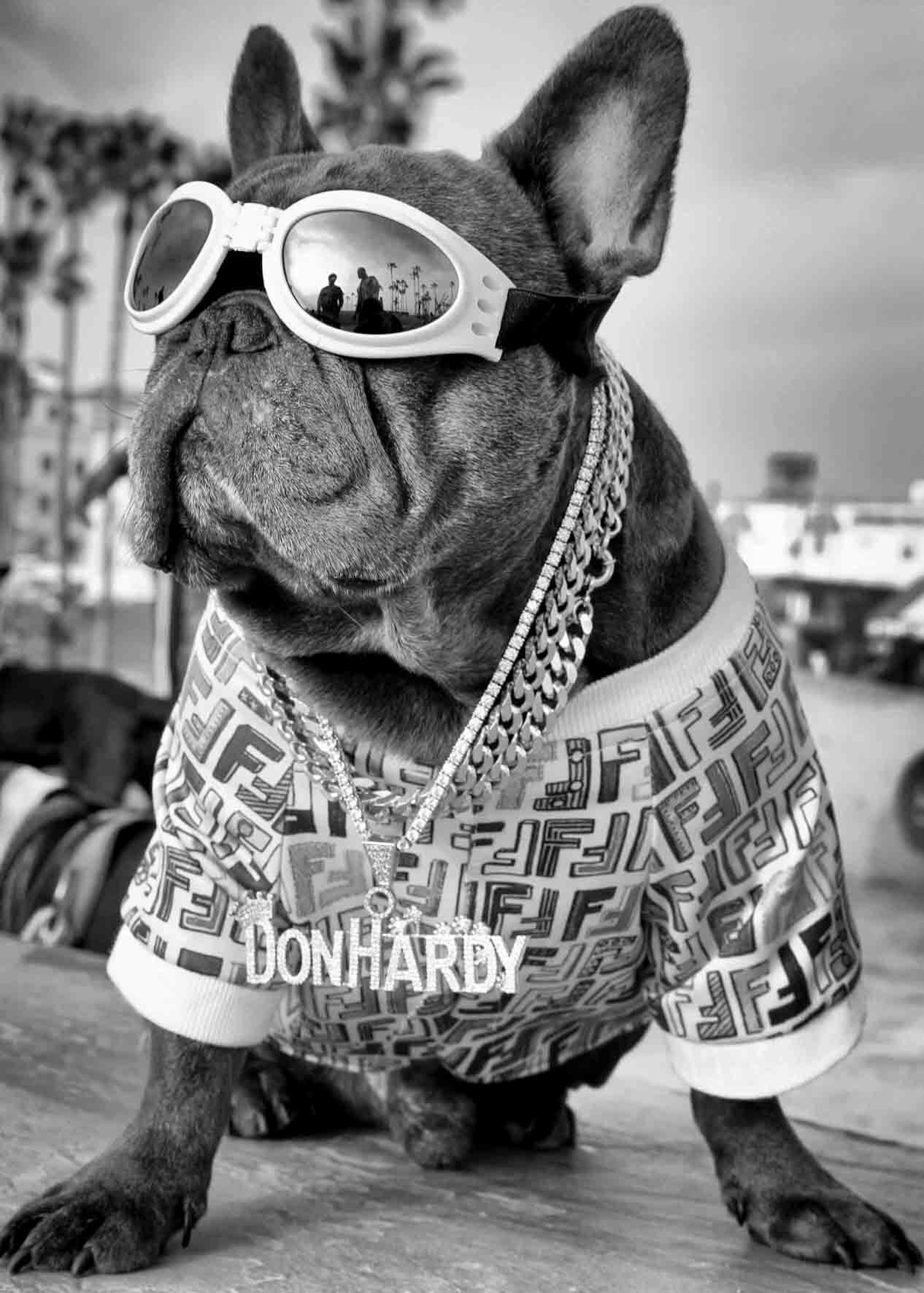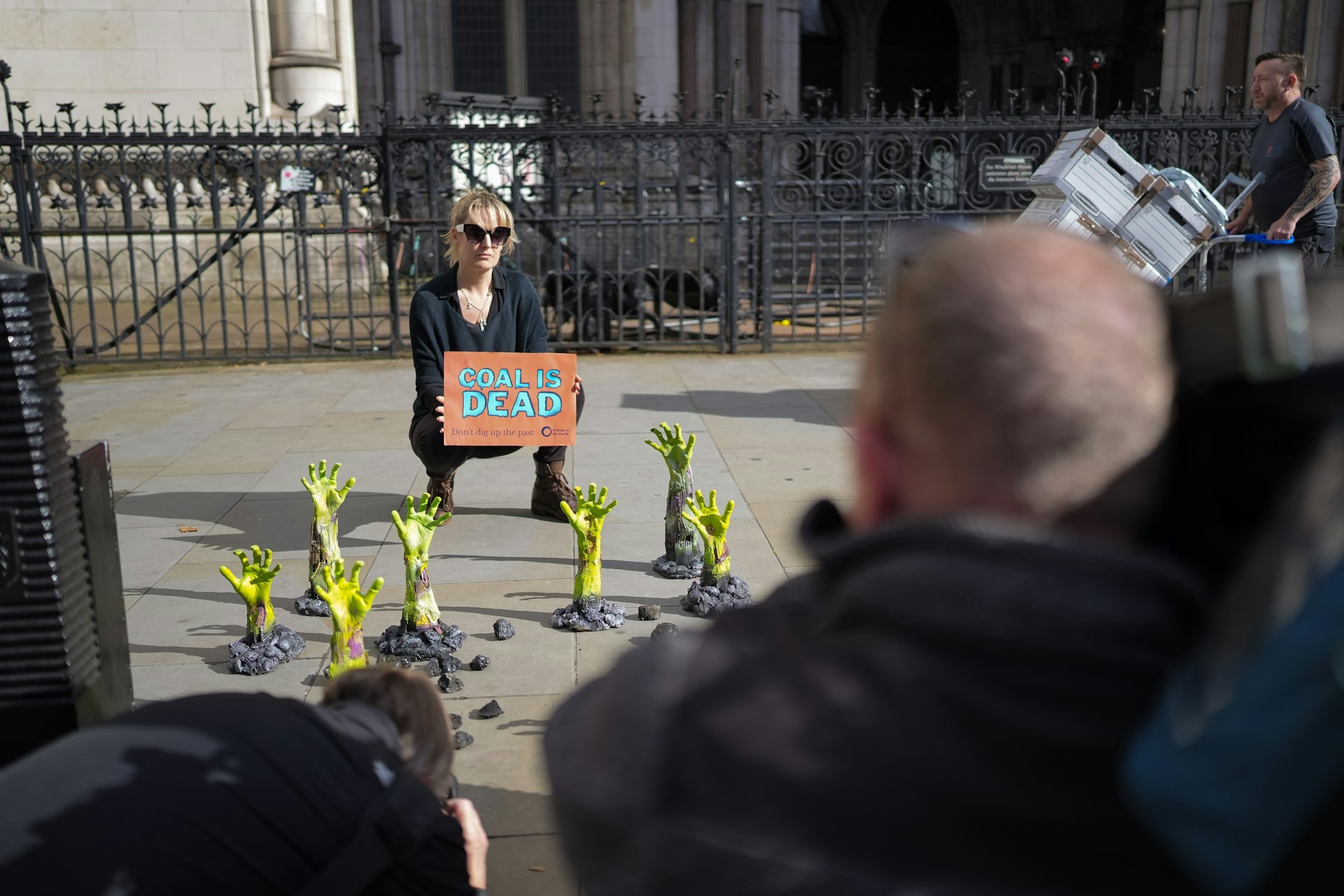What’s it really like to be a young, break-out artist?
- Text by Ella Guthrie
- Photography by Michael Segalov

Working in the creative industry is fucking terrifying. As a writer, I panic nearly every time I submit a piece of work to an editor, worrying about what they will say about my choice of words. But working for a magazine is one thing, being an artist is another.
Great artists don’t just appear out of nowhere. You can’t just update your CV and chat about your interests to a recruiter. It takes hard work, determination and probably a few breakdowns to finally make it where you want to go. Van Gogh didn’t cut off his own ear off for nothing.
You spend your life putting your heart and soul into your work, in the hope that one day it might be picked up and displayed on the white walls of a gallery. While we all appreciate art, for the most part we’re pretty clueless about how the industry works.
To get some understanding, I spoke to Rory Hancock, Kayleigh Hilsdon and Daniel McNaboe, the three masterminds behind Vermillionaire, a gratifying mix of invigorating works that aim to throw fresh perspectives on the themes of illusive memory and mass media culture. They came together because of their shared experience of working in the studio of a high profile London artist, but we can’t really talk about that.

“Ha! It doesn’t really feel like that!” Says Kayleigh, when I ask how it feels to be making a name for herself in the art world. “It’s more like dipping our toes in and seeing if people like what we are doing.”
Vermillionaire itself is a mix of bold, bright colours and old photographs, with a holistic message. “[It’s about] the absence of feeling in creating for financial gain,” says Kayleigh, who after graduating from Camberwell College of Art has had to juggle pursuing her dream with a full time job.
“I don’t think that working for other artists has been where I’ve paid my dues – that happens in retail and working in schools! It’s tiring. You need to be brutal about your routine to make time for your own creative output.”
For Rory, also known as Ro-Han, art is something of a time capsule. “Art can tell us something of our own times and can be an important piece of evidence of who we were, for the future. This work is something of a reflection of that.”
The artists met after they all worked as studio assistants under the same renowned London artist, but when I asked them what that was like they were pretty secretive. “If I tell you, I’d have to kill you,” jokes Kayleigh. “It’s an experience,” Daniel tells me, opening up a little more.
“It’s exciting at first, but it’s still 9-5, though it is revealing in the process side of things. To be honest, I learned more cleaning in a hospital. It didn’t teach me much about art. Essentially, it’s a manufacturing job.”
“Expense,” says Rory, when I ask him what the biggest struggle of being a young artist is. “That, and the lack of cheap space for a community of artists to take over and grow from. Many areas across the country have benefited greatly from the regeneration that artists have given but forget to hold on to them as soon as the area becomes affluent.”
“It really helps to have a generous sponsor who can pay for your life while you dedicate yourself to making art. I am yet to find one,” Kayleigh chimes in. “I went down the psychotherapy training route before crumbling under the pressure of full-time work and drawing for myself, so I quit.”
Though they’re all excited to finally be curating their own show in London, there’s an awareness of the industry’s dark side. Kayleigh and Daniel both graduated from Camberwell in 2008, Rory graduated from DeMontfort in 2011, and while art school might sound glamorous, the truth is far from it.
“It doesn’t teach you a great deal,” Daniel says. “I think it makes you over-analyse and second-guess yourself, which I don’t think is conducive to being a good artist. They teach you way too much theory.”
So what can we learn from these three, who seem to be well on their way to establishing themselves?
“The biggest piece of advice I’d give to new artists would be not to undervalue the importance of self-promotion,” Rory says.
In the technological age we live in, being able to use social media to advertise yourself appears to be an important skill, which feels pretty poignant looking around the space filled with bright canvases and social commentary.
“Do it for the right reasons and someone will eventually be interested,” advises Kayleigh. “Make the work you want to and don’t give in to trends. If I had listened to this 10 years ago, I would definitely be better off for it now.”
“Make mistakes and put yourself out there,” adds Daniel, who seems to pinpoint my exact insecurities in his advice. “It’s easy to be scared as an artist and to exhibit, because you feel like you’re bearing your soul but when you do it, it’s such a liberating experience.”
VERMILLIONAIRE opens 6 Oct 2016 at 71A Gallery, and runs until 9 October 2016.
You can keep up with Rory and Daniel on their websites.
Enjoyed this article? Like Huck on Facebook or follow us on Twitter.
Latest on Huck

Autism cannot be cured — stop trying
A questionable study into the ‘reversal’ of autism does nothing but reinforce damaging stereotypes and harm, argues autistic author Jodie Hare.
Written by: Jodie Hare

Bristol Photo Festival returns for second edition
After the success of it’s inaugural run, the festival returns this autumn with exhibitions, education and community programmes exploring a world in constant motion through still image.
Written by: Ben Smoke

Documenting the life of a New York gang leader paralysed by gun violence
New photobook ‘Say Less’ is a complex yet humanising look into a life wrecked by gun violence and organised crime.
Written by: Isaac Muk

The woman who defined 80s Hip Hop photography
A new exhibition brings together Janette Beckman’s visionary and boundary pushing images of an era of cultural change and moral panic.
Written by: Miss Rosen

In photos: the dogs of Dogtown
A new photobook documents Venice Beach’s four legged friends and their colourful cast of owners.
Written by: Isaac Muk

Inside the battle to stop coal
As the legal challenge against Britain’s first deep coal mine in 30 years reaches the High court, we talk to activists at the centre of the fight to stop it.
Written by: Ben Smoke